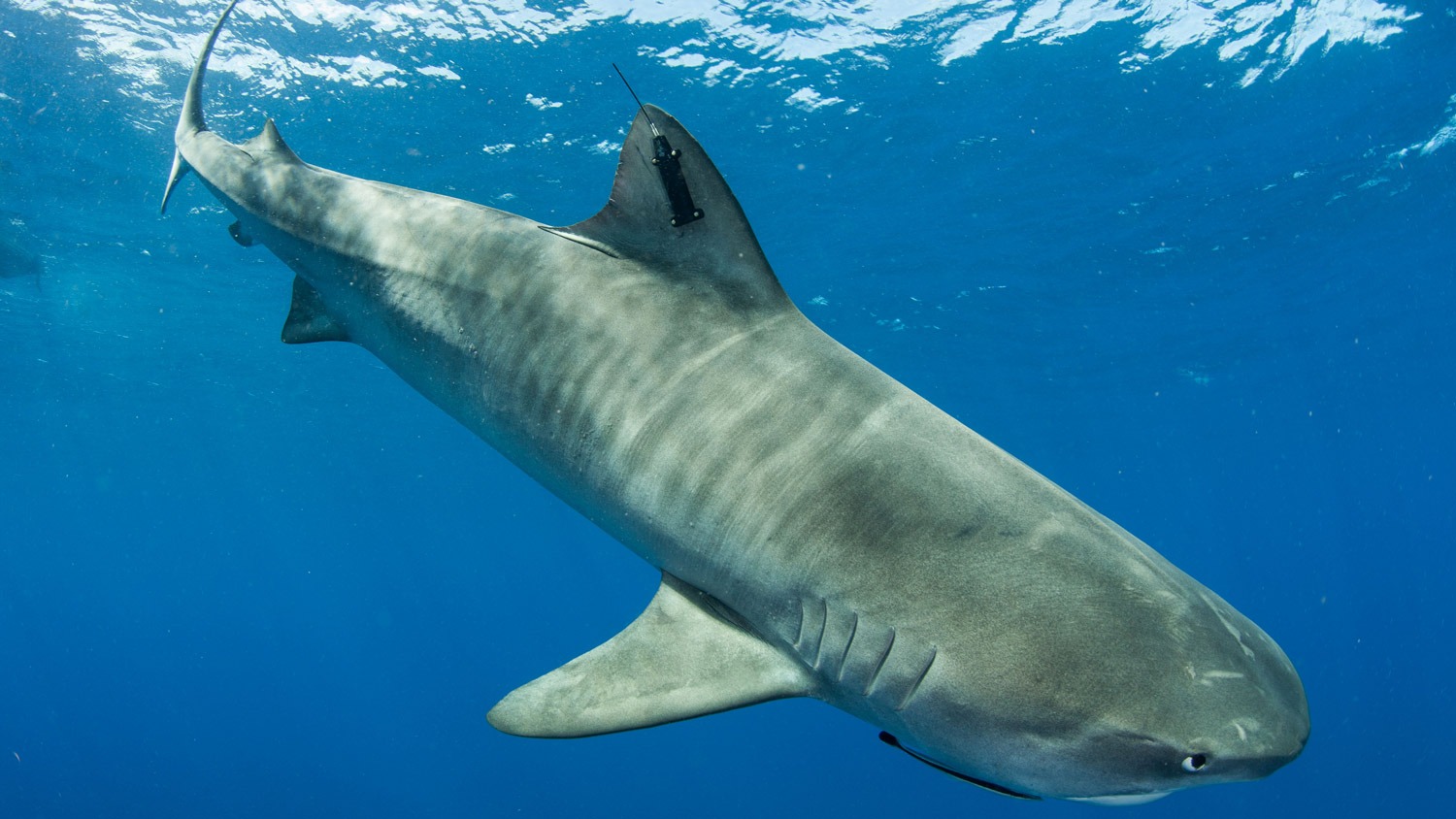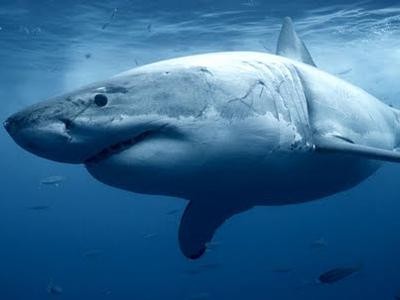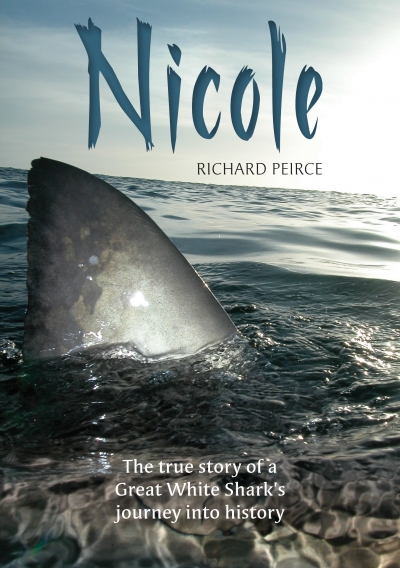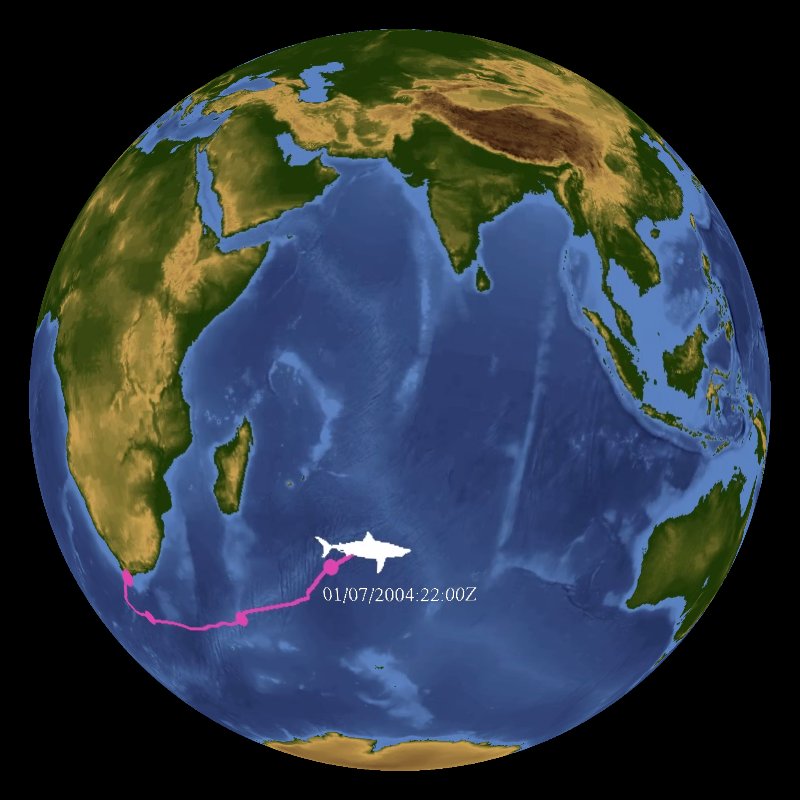The Incredible Journey: How a Shark Swam 4,000 Miles—A Record-Breaking Feat Once Thought Impossible

In the mysterious blue depths of the ocean, one creature has shattered our assumptions about marine migration and endurance. A female great white shark, nicknamed “Nicole”, stunned scientists when she swam an astonishing 4,000 miles across the Indian Ocean—from the coast of South Africa to the western coast of Australia—and back again. Her journey, tracked via satellite in the early 2000s, became the longest documented migration by a white shark and rewrote what we thought we knew about these apex predators.
This record-breaking voyage was once thought biologically improbable—if not impossible—for a species known more for coastal patrols than transoceanic expeditions. But Nicole’s odyssey is not just about distance. It’s a story about evolutionary prowess, climate-driven behavior, ecological mystery, and the technological breakthroughs that allowed us to witness it.
🦈 Who Was Nicole?
Nicole was a female great white shark (Carcharodon carcharias) tagged by researchers off the coast of South Africa in 2003 as part of a collaborative study between Oceans Research, Marine and Coastal Management (South Africa), and Australian scientists.
She earned the name “Nicole” after Nicole Kidman, in a nod to the Australia-South Africa connection—one that she would dramatically reinforce with her incredible transoceanic swim.

📡 How the Journey Was Tracked
Nicole was fitted with a satellite tag that transmitted her position to orbiting satellites every time she surfaced. These tags, known as SPOT (Smart Position or Temperature Transmitting) tags, revolutionized marine biology by allowing scientists to track large ocean predators in near-real time.
Between November 2003 and August 2004, Nicole:
- Swam from Gansbaai, South Africa, across the Indian Ocean
- Reached Exmouth, Western Australia, by early 2004 (~99 days)
- Then returned to South Africa by August 2004
Total distance: Over 12,400 miles (20,000 kilometers) round trip
One-way swim: ~4,000 miles in just under 100 days
This was the first documented round-trip migration of its kind for a great white shark and provided concrete proof that they routinely traverse ocean basins.
🌊 Why Did Nicole Make the Journey?
Though no one can know Nicole’s exact motivation, scientists propose several plausible theories:
1. Breeding Migration
Great white sharks are ovoviviparous, meaning they give birth to live young but gestate eggs internally. The journey may have been part of a mating or birthing cycle, perhaps suggesting the existence of undiscovered pupping grounds in Australian waters.
2. Feeding Grounds
Nicole may have been chasing prey or following seasonal tuna or seal migrations, key food sources for adult great whites. Certain regions off Western Australia are known for high marine productivity, attracting large predators.
3. Thermoregulation
Water temperature plays a critical role in shark movement. The Indian Ocean’s warm surface waters could support efficient long-distance travel with reduced metabolic costs.
4. Genetic Dispersal
Long migrations might help mix gene pools between regional populations, increasing genetic diversity—critical for a species under threat.

🧠 What Scientists Learned
Nicole’s journey had profound implications for science and conservation:
📍1. Expanded Range Understanding
Great white sharks were once believed to be largely coastal. Nicole proved they could cross ocean basins, challenging prior notions of their range and behavior.
🌐2. Shared Populations
DNA evidence later confirmed that South African and Australian white shark populations are genetically linked—a theory Nicole’s journey supported.
🧬3. Individual Navigation
Her round-trip path indicates possible geomagnetic navigation or solar orientation abilities, allowing her to travel across a vast, seemingly featureless ocean with uncanny precision.
🌎4. Migratory Corridor Importance
Her track helped identify the Indian Ocean as a vital migratory corridor, deserving of protection from longline fishing, shipping lanes, and pollution.
⚠️ Conservation Context: Why Nicole’s Story Matters
The great white shark is listed as Vulnerable on the IUCN Red List due to:
- Overfishing
- Bycatch in longline fisheries
- Illegal fin trade
- Slow reproductive rates
Nicole’s story highlighted that these animals do not stay in protected zones, making international cooperation critical for their survival. A shark protected off South Africa can be killed in unregulated waters days later.
Her journey helped fuel international treaties and marine protected area (MPA) designations, particularly for pelagic migrators like her.
🔬 Technological Breakthroughs
Nicole’s feat was only known thanks to satellite telemetry—technology that has revolutionized our ability to:
- Track migration routes
- Study mating and birthing behavior
- Assess threats from climate change
- Implement real-time conservation measures
Today, machine learning and AI assist in analyzing shark movements and even predicting migratory patterns—tools that owe their effectiveness to pioneers like Nicole.
🏆 Records and Recognition
- Longest documented round-trip migration by a great white shark
- One of the first to prove intercontinental migrations among marine apex predators
- Featured in scientific journals, documentaries, and conservation campaigns

🧠 Conclusion
Nicole’s 4,000-mile journey across the Indian Ocean wasn’t just a feat of endurance—it was a scientific breakthrough and a symbol of the ocean’s interconnectedness. She shattered myths, inspired conservation, and showed that even the largest, most feared marine predators can still surprise us.
Her story reminds us that the ocean is not a collection of isolated ecosystems, but a single, vast living body—connected by the creatures that dare to cross it.




